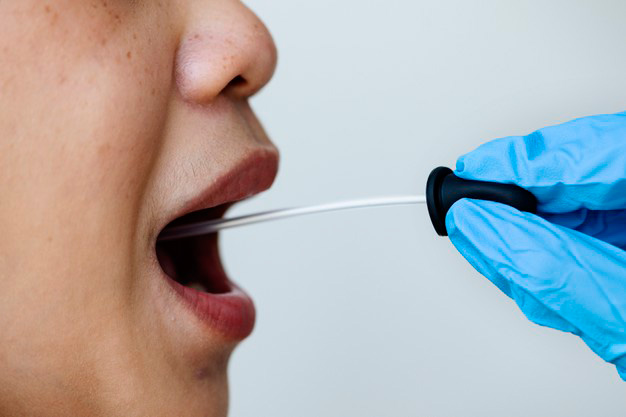
Evolvement of science and technology has made our lives much simpler. Automobiles and home appliances doing all our hard work for us, have pushed us more and more towards a sedentary lifestyle. The result – lifestyle disorders, such as obesity, infertility, diabetes, insomnia and so on.
We live in a jet setting world today. Our hectic schedules leave us with no time to think about our health. This probably holds truer for women who are constantly trying to balance their work and home. As a consequence, they end up paying very little attention to their own wellbeing, things like their diet, sleep, levels of stress. Leave alone nutritious, wholesome meals, women often skip meals altogether. And, of course, their health – both physical and mental – suffers.
What we do not understand is that this impacts not just our health, but also that of our family. Our diet is an important part of our health and any imbalance can have long-term health consequences.
The very first step to leading a healthy and active life includes:
- Giving yourself time
- Exercising daily to stay active and maintain a healthy body weight
- Eating a protein-rich diet
- Eating the right amounts of green salad and vegetables that are high in fibre – women aged between 18 years and 25 years must consume at least 25gm of fibre on a daily basis.
- Eating foods that are rich in iron, such as nuts and leafy greens – this is all the more essential for women during the menstrual cycle, as heavy bleeding can put you at risk of anemia.
- Eating citrus fruits, as they are rich in vitamin C and help in the absorption of iron
- Having milk, soybean, and nuts that are rich in calcium
- Having sufficient amounts of dry fruits and seeds that are rich in magnesium
- Drinking enough water and eating shorter, lighter meals throughout the day
- Cutting down on salt, sugar, tea and coffee
- Getting at least 7-8 hours of sleep daily
Stay Safe, Stay Healthy




